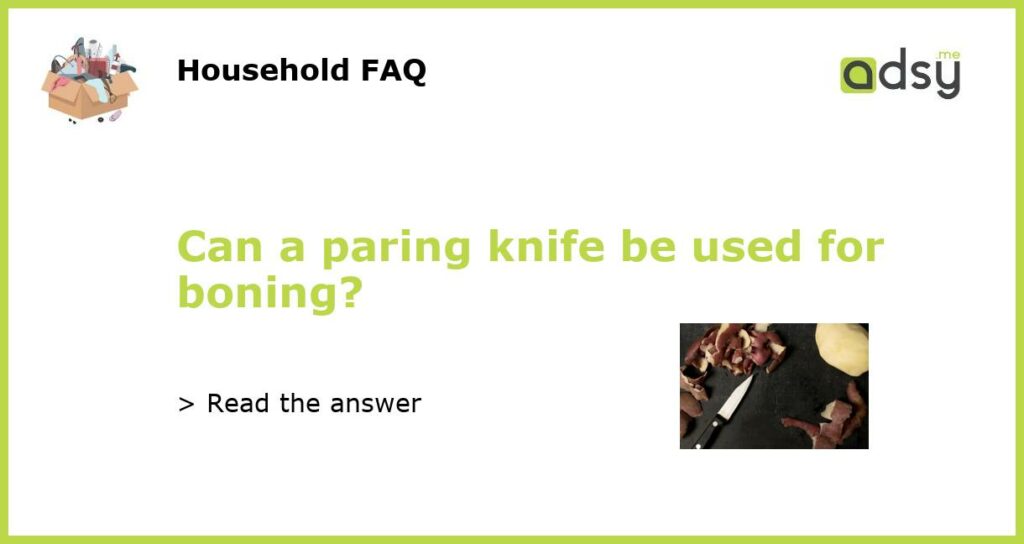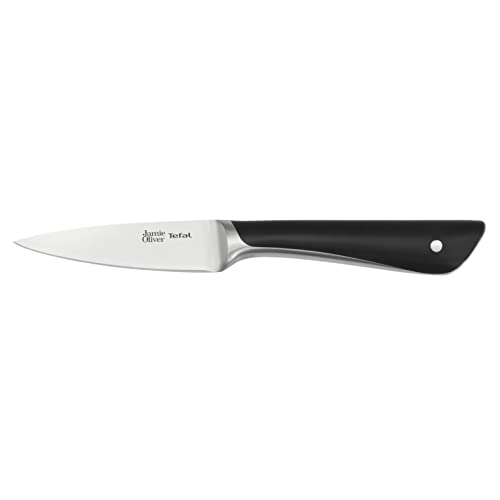Can a Paring Knife Be Used for Boning?
When it comes to cooking, having the right tools is essential. One common question that arises is whether a paring knife can be used for boning. Let’s explore this topic and find out if a paring knife can indeed be used for boning or if a different knife is required.
The Difference Between a Paring Knife and a Boning Knife
Before diving into the question at hand, it’s important to understand the difference between a paring knife and a boning knife. A paring knife is typically a small knife with a short blade, usually around 3-4 inches long. It is designed for precision tasks such as peeling, trimming, and slicing small fruits and vegetables.
A boning knife, on the other hand, has a longer and thinner blade, typically around 5-6 inches long. It is specifically designed for the task of removing bones from meat, fish, and poultry. The thinner blade allows for more control and precision when navigating around bones.
Using a Paring Knife for Boning
While a paring knife may not be the ideal tool for boning, it can still be used in a pinch. The smaller size and sharpness of the blade can make it suitable for boning smaller cuts of meat or fish, such as chicken breasts or fillets. However, it is important to note that using a paring knife for boning may require more effort and caution compared to using a boning knife.
When using a paring knife for boning, it is important to keep a few things in mind. First, make sure the knife is sharp. A dull knife can be dangerous and make the boning process more difficult. Secondly, take extra care when navigating around bones to avoid any potential accidents or injuries. Lastly, consider the type and size of the cut you are working with. While a paring knife may work for smaller cuts, it may not be suitable for larger or tougher cuts that require more precision and control.
Choosing the Right Knife for Boning
If boning is a regular task in your cooking routine, it is highly recommended to invest in a dedicated boning knife. A boning knife offers several advantages over a paring knife when it comes to boning tasks. The longer and thinner blade allows for more precise cuts and better control when navigating around bones. Additionally, the flexibility of a boning knife makes it easier to maneuver and remove bones efficiently.
When choosing a boning knife, look for one with a sharp, high-quality blade. A curved or semi-flexible blade can be particularly useful for certain boning tasks. Consider the length of the blade based on the types of cuts you typically work with. A shorter blade may be sufficient for smaller cuts, while a longer blade may be necessary for larger or tougher cuts of meat or fish.
While a paring knife can be used for boning in certain situations, it is not the ideal tool for the job. The smaller size and blade design of a paring knife make it more suitable for precision tasks such as peeling, slicing, and trimming fruits and vegetables. For regular boning tasks, it is recommended to invest in a dedicated boning knife that offers better control, precision, and efficiency.






